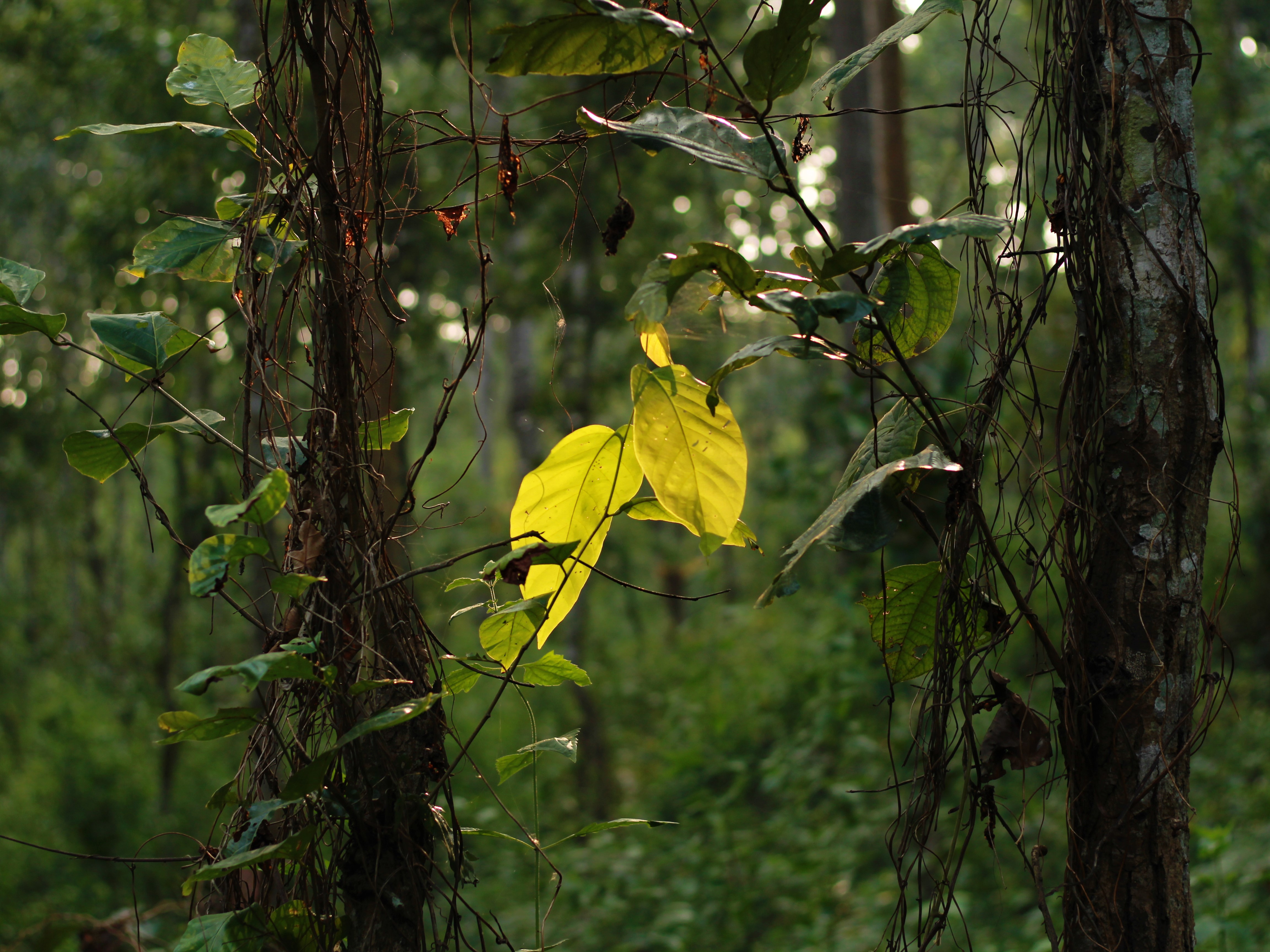
What comes to your mind when you see a lizard? A nasty creature or a creepy one or something ghostly? But this is ok because the importance of these creatures is not discussed so much.
The world’s conservation efforts tend to prioritise furry and feathery vertebrate species, such as tigers, snow leopards, and rhinos, while often overlooking invertebrate species. This is because invertebrates are not considered charismatic enough to receive the same level of attention and conservation focus.
As a consequence of this bias in conservation focus, there is limited knowledge shared among people about small species like lizards, contributing to the perception of these creatures as creepy or ghostly.
Lizards are a widespread group of squamate reptiles with different shapes and sizes from giant Komodo dragons to thumb-sized Nano chameleons, which draws our attention are lizards. According to the reptile database, there are more than 4,500 species of lizards around the globe.
Similarly, in Nepal, there is a total of 41 species of lizards according to a research paper — an updated checklist of Amphibians and Reptiles of Nepal-2022. Among the species of lizard found in Nepal, Sitanas are poorly known to people. And Nepal needs to understand the value of this endangered species and work towards its conservation.
Characteristics and habitat of Sitana

Sitanas are also known as fan-throated lizards. These species are found in Nepal, India, Srilanka and Pakistan. In total, there are 14 species of Sitanas in the world. They are small to medium-sized and are ground dwellers and primarily feed on insects.
In the Sitanas species, the male bears a prominent dewlap (a fan-like structure) by which they got their name as a fan-throated lizard. The genus Sitanas is one of the most easily distinguished genera among agamids, which is easily identified by the absence of a fifth toe.
Nepal is home to three species of Sitanas—Dark Sitana, Siwalik Sitana and Shuklaphanta Sitana. Among these three Sitanas, Dark Sitana is the biggest one which measures up to 8.2 cm on average. The scientific name of Dark Sitana is Sitana Fusca.
Herpetologists Schleich & Kastle made the first description of this lizard to the world in 1998, based on its discovery in Bardiwas, Mahottari district. Now, this lizard is only restricted to the Madesh province of Nepal.
During the mating season, the male Dark Sitana exhibits prominent dewlaps, which it flicks inside and out to attract females. There can also be a fierce fight among male Sitanas while choosing the female for mating. The male which has the most attractive fan and looks robust is chosen by the female Sitana and goes for breeding. It is a diurnal species and at other times it hides in holes, small bushes and leaf litter.
Debunking Myths and the need for a better plan

People have some misconceptions about this lizard. People think that this lizard is venomous so they try to kill them. Similarly, people believe that this lizard destroys their vegetables like pumpkin, cucumber and tomatoes by eating their flowers. However, the fact is otherwise. This lizard is strictly insectivorous and feeds on insects like ants, grasshoppers, spiders etc.
Due to lack of study and research, scientists do not know about their behavior so it is need of time to work on them. Moreover, the place Bardiwas which is only known as home to dark Sitana is now developed as a city without planned development due to which the habitat of dark Sitana is decreasing day by day.
The forest fire around Bardiwas forest has widely affected the dark Sitana egg and lives. It is therefore listed as critically endangered by the International Union for Conservation of Nature (IUCN).
Madesh province is the province with the lowest number of forest-covered areas. There is Koshi Tappu Wildlife Reserve and Parsa National Park to work for the conservation of wildlife. But authorities of these conservation areas are unaware of this endangered species of lizard. And there is an urgency to make specific plans for their protection.
This lizard is also under shadow in the eye of other organisations working for the welfare of wildlife in Madesh Province for its conservation. Due to this, a team led by Herpetologist Santosh Bhattarai is working in action with a project entitled Conservation and Ecology of Dark Sitana in Nepal to raise the consciousness among people and students about this Dark Sitana by visiting different schools and community forests.
This lizard has got very low priority in terms of conservation. Therefore, the concerned authority and organisations, which are working for the betterment of wildlife, must keep this endemic lizard in high focus, priority and ownership for its protection.
These organisations should also do publicity of this endemic lizard to lure tourists, scientists, and lizard lovers into this area, which can uplift the conservation as well as the economy of this area.


















